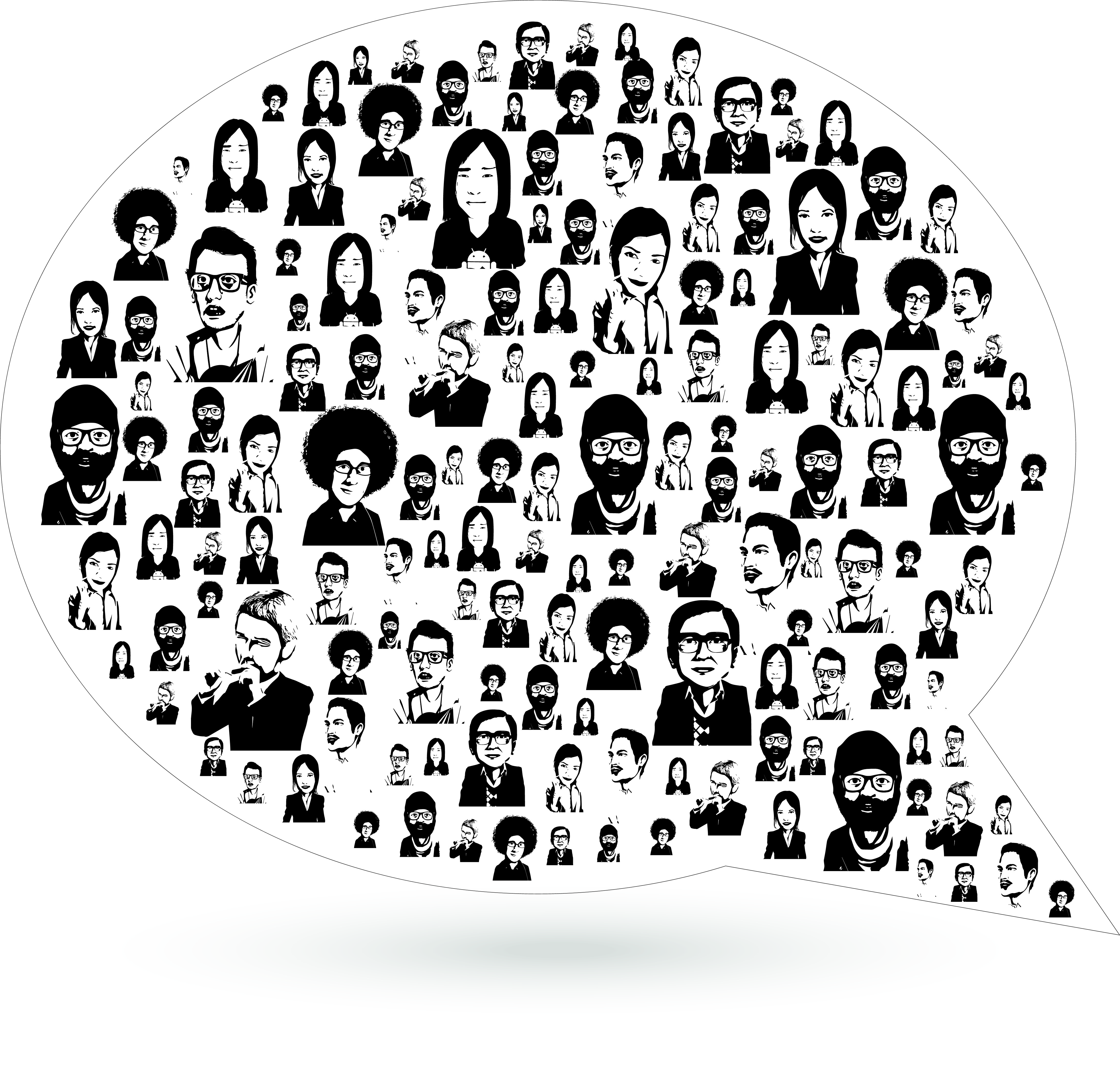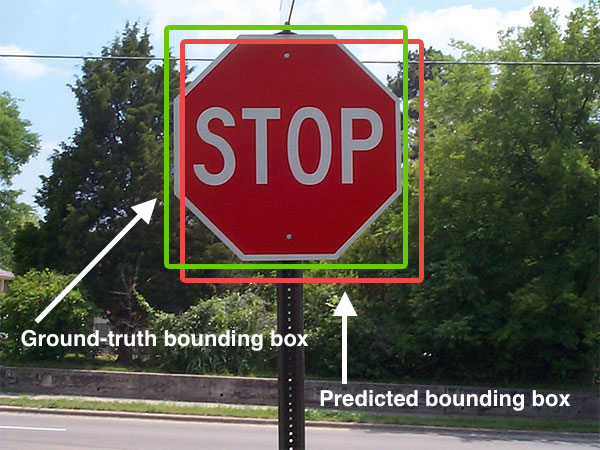|
Navizon
Navizon, Inc. is a provider of location-based services and products. Navizon was an early developer of technology that makes it possible to determine the geographic position of a mobile device using as reference the location of cell phone towers and Wi-Fi-based wireless access points instead of GPS. Navizon also developed technology for locating mobile devices indoors with room and floor-level accuracy. Navizon, initially known as Mexens Technology, was founded by a team from the Internet Protocol geolocation market. Its founder and CEO, Cyril Houri, was founder and CEO of Infosplit, a provider of IP address geolocation services started in 1999 that was acquired in 2004. Global Positioning In 2005, Mexens Technology, as Navizon, Inc. was formerly named, introduced Navizon, a hybrid positioning system combining Global Positioning System, Wi-Fi and cellular positioning. Mobile device users obtain their position through the Navizon app, which calculates the locations of cell sit ... [...More Info...] [...Related Items...] OR: [Wikipedia] [Google] [Baidu] |
Cyril Houri
Cyril Lionel Houri (born April 1969 in Meudon, Hauts-de-Seine, France) is a New York-based inventor and entrepreneur who has founded two geolocation technology companies: InfoSplit, Inc. and Mexens Technology Inc. (now called Navizon). Houri is recognized as one of the inventors of IP address geolocation, and has contributed in the advance of WiFi and cellular positioning technologies. For his expertise, he testified as an expert witness on location-based technology in LICRA vs. Yahoo!. Houri's education began in Paris, and he later earned a Master of Science degree in engineering and computer science from the National Polytechnic Institute of Toulouse in 1992. In 1996, he relocated to New York City, where he initially worked on financial software design. In 1999, Houri founded InfoSplit Inc., a pioneer in IP geolocation, which identifies the geographic location of an Internet user. Houri designed and patented some of the technology that is now commonly used to geolocate website v ... [...More Info...] [...Related Items...] OR: [Wikipedia] [Google] [Baidu] |
Wi-Fi Positioning System
Wi-Fi positioning system (WPS, WiPS or WFPS) is a geolocation system that uses the characteristics of nearby Wi‑Fi access points to discover where a device is located. It is used where satellite navigation such as GPS is inadequate due to various causes including multipath and signal blockage indoors, or where acquiring a satellite fix would take too long. Such systems include assisted GPS, urban positioning services through hotspot databases, and indoor positioning systems. Wi-Fi positioning takes advantage of the rapid growth in the early 21st century of wireless access points in urban areas. The most common technique for positioning using wireless access points is based on a rough proxy for the strength of the received signal ('' received signal strength indicator'', or ''RSSI'') and the method of "fingerprinting".P. Bahl and V. N. Padmanabhan, “RADAR: an in-building RF-based user location and tracking system,” in Proceedings of 19th Annual Joint Conference of the IEEE ... [...More Info...] [...Related Items...] OR: [Wikipedia] [Google] [Baidu] |
Location-based Service
Location-based service (LBS) is a general term denoting software service (economics), services which use geographic data and information to provide services or information to users. LBS can be used in a variety of contexts, such as health, indoor object detection, object search, entertainment, work, personal life, etc. Commonly used examples of location-based services include navigation software, social networking services, location-based advertising, and tracking systems. LBS can also include mobile commerce when taking the form of coupons or advertising directed at customers based on their current location. LBS also includes personalized weather services and even location-based games. LBS is critical to many businesses as well as government organizations to drive real insight from data tied to a specific location where activities take place. The spatial patterns that location-related data and services can provide is one of its most powerful and useful aspects where location is a ... [...More Info...] [...Related Items...] OR: [Wikipedia] [Google] [Baidu] |
Indoor Positioning System
An indoor positioning system (IPS) is a network of devices used to locate people or objects where GPS and other satellite technologies lack precision or fail entirely, such as inside multistory buildings, airports, alleys, parking garages, and underground locations. A large variety of techniques and devices are used to provide indoor positioning ranging from reconfigured devices already deployed such as smartphones, WiFi and Bluetooth antennas, digital cameras, and clocks; to purpose built installations with relays and beacons strategically placed throughout a defined space. Lights, radio waves, magnetic fields, acoustic signals, and behavioral analytics are all used in IPS networks. IPS can achieve position accuracy of 2 cm, which is on par with RTK enabled GNSS receivers that can achieve 2 cm accuracy outdoors. IPS use different technologies, including distance measurement to nearby anchor nodes (nodes with known fixed positions, e.g. WiFi / LiFi access points, Bl ... [...More Info...] [...Related Items...] OR: [Wikipedia] [Google] [Baidu] |
Crowdsourcing
Crowdsourcing involves a large group of dispersed participants contributing or producing goods or services—including ideas, votes, micro-tasks, and finances—for payment or as volunteers. Contemporary crowdsourcing often involves digital platforms to attract and divide work between participants to achieve a cumulative result. Crowdsourcing is not limited to online activity, however, and there are various historical examples of crowdsourcing. The word crowdsourcing is a portmanteau of "crowd" and "outsourcing". In contrast to outsourcing, crowdsourcing usually involves less specific and more public groups of participants. Advantages of using crowdsourcing include lowered costs, improved speed, improved quality, increased flexibility, and/or increased scalability of the work, as well as promoting diversity. Crowdsourcing methods include competitions, virtual labor markets, open online collaboration and data donation. Some forms of crowdsourcing, such as in "idea competiti ... [...More Info...] [...Related Items...] OR: [Wikipedia] [Google] [Baidu] |
Computer Vision
Computer vision tasks include methods for image sensor, acquiring, Image processing, processing, Image analysis, analyzing, and understanding digital images, and extraction of high-dimensional data from the real world in order to produce numerical or symbolic information, e.g. in the form of decisions. "Understanding" in this context signifies the transformation of visual images (the input to the retina) into descriptions of the world that make sense to thought processes and can elicit appropriate action. This image understanding can be seen as the disentangling of symbolic information from image data using models constructed with the aid of geometry, physics, statistics, and learning theory. The scientific discipline of computer vision is concerned with the theory behind artificial systems that extract information from images. Image data can take many forms, such as video sequences, views from multiple cameras, multi-dimensional data from a 3D scanning, 3D scanner, 3D point clouds ... [...More Info...] [...Related Items...] OR: [Wikipedia] [Google] [Baidu] |
Bluetooth
Bluetooth is a short-range wireless technology standard that is used for exchanging data between fixed and mobile devices over short distances and building personal area networks (PANs). In the most widely used mode, transmission power is limited to 2.5 milliwatts, giving it a very short range of up to . It employs Ultra high frequency, UHF radio waves in the ISM bands, from 2.402GHz to 2.48GHz. It is mainly used as an alternative to wired connections to exchange files between nearby portable devices and connect cell phones and music players with wireless headphones, wireless speakers, HIFI systems, car audio and wireless transmission between TVs and soundbars. Bluetooth is managed by the Bluetooth Special Interest Group (SIG), which has more than 35,000 member companies in the areas of telecommunication, computing, networking, and consumer electronics. The Institute of Electrical and Electronics Engineers, IEEE standardized Bluetooth as IEEE 802.15.1 but no longer maintains ... [...More Info...] [...Related Items...] OR: [Wikipedia] [Google] [Baidu] |
Davey Alba
Davey Alba is a technology reporter who covers Big Tech for Bloomberg News, after previously reporting on online disinformation for ''The New York Times''. Early life and education Davey Alba was born in Manila, Philippines, and attended De La Salle University, earning a degree in communication arts. Her father is an academic, mother an economic consultant and her sister is VP of a multi-national investment bank. She came to the United States at age 23 in 2011. She studied at Columbia University and received a masters in science journalism. Career Alba's first job out of training was at ''Popular Mechanics''; she was technology editor and got to test gadgets and phones. She worked as a technology reporter at ''BuzzFeed News'', ''Wired'' and ''Gizmodo'' before joining ''The New York Times'' as a technology reporter in 2019. Her area of coverage was "disinformation and all of its tentacles." In March, 2022, she joined Bloomberg News, covering Google and Big Tech. In 2018, work ... [...More Info...] [...Related Items...] OR: [Wikipedia] [Google] [Baidu] |
Geopositioning
Geopositioning is the process of determining or estimating the geographic position of an object or a person. Geopositioning yields a set of geographic coordinates (such as latitude and longitude) in a given map datum. Geographic positions may also be expressed indirectly, as a distance in linear referencing or as a bearing and range from a known landmark. In turn, positions can determine a meaningful location, such as a street address. Geoposition is sometimes referred to as ''geolocation'', and the process of geopositioning may also be described as ''geo-localization''. Specific instances include: * animal geotracking, the process of inferring the location of animals over time; * positioning system, the mechanisms for the determination of geographic positions in general; * internet geolocation, geolocating a device connected to the internet; * and mobile phone tracking. Geofencing ''Geofencing'' involves creating a virtual geographic boundary (a geofence), enabling software ... [...More Info...] [...Related Items...] OR: [Wikipedia] [Google] [Baidu] |
Hybrid Positioning System
A positioning system is a system for determining the position of an object in space. Positioning system technologies exist ranging from interplanetary coverage with meter accuracy to workspace and laboratory coverage with sub-millimeter accuracy. A major subclass is made of '' geopositioning systems'', used for determining an object's position with respect to Earth, i.e., its geographical position; one of the most well-known and commonly used geopositioning systems is the Global Positioning System (GPS) and similar global navigation satellite systems (GNSS). Coverage Interplanetary systems Interplanetary-radio communication systems not only communicate with spacecraft, but they are also used to determine their position. Radar can track targets near the Earth, but spacecraft in deep space must have a working transponder on board to echo a radio signal back. Orientation information can be obtained using star trackers. Global systems Global navigation satellite systems (GNS ... [...More Info...] [...Related Items...] OR: [Wikipedia] [Google] [Baidu] |
Cell Site
A cell site, cell phone tower, cell base tower, or cellular base station is a cellular frequencies, cellular-enabled mobile device site where antenna (electronics), antennas and electronic communications equipment are placed (typically on a Radio masts and towers, radio mast, tower, or other raised structure) to create a cell, or adjacent cells, in a cellular network. The raised structure typically supports antenna and one or more sets of transmitter/receivers transceivers, digital signal processors, control electronics, a GPS receiver for timing (for CDMA2000/IS-95 or GSM systems), primary and backup electrical power sources, and sheltering. Multiple cellular providers often save money by mounting their antennas on a common shared mast; since separate systems use different frequencies, antennas can be located close together without interfering with each other. Some provider companies operate multiple cellular networks and similarly use colocated base stations for two or more ce ... [...More Info...] [...Related Items...] OR: [Wikipedia] [Google] [Baidu] |




